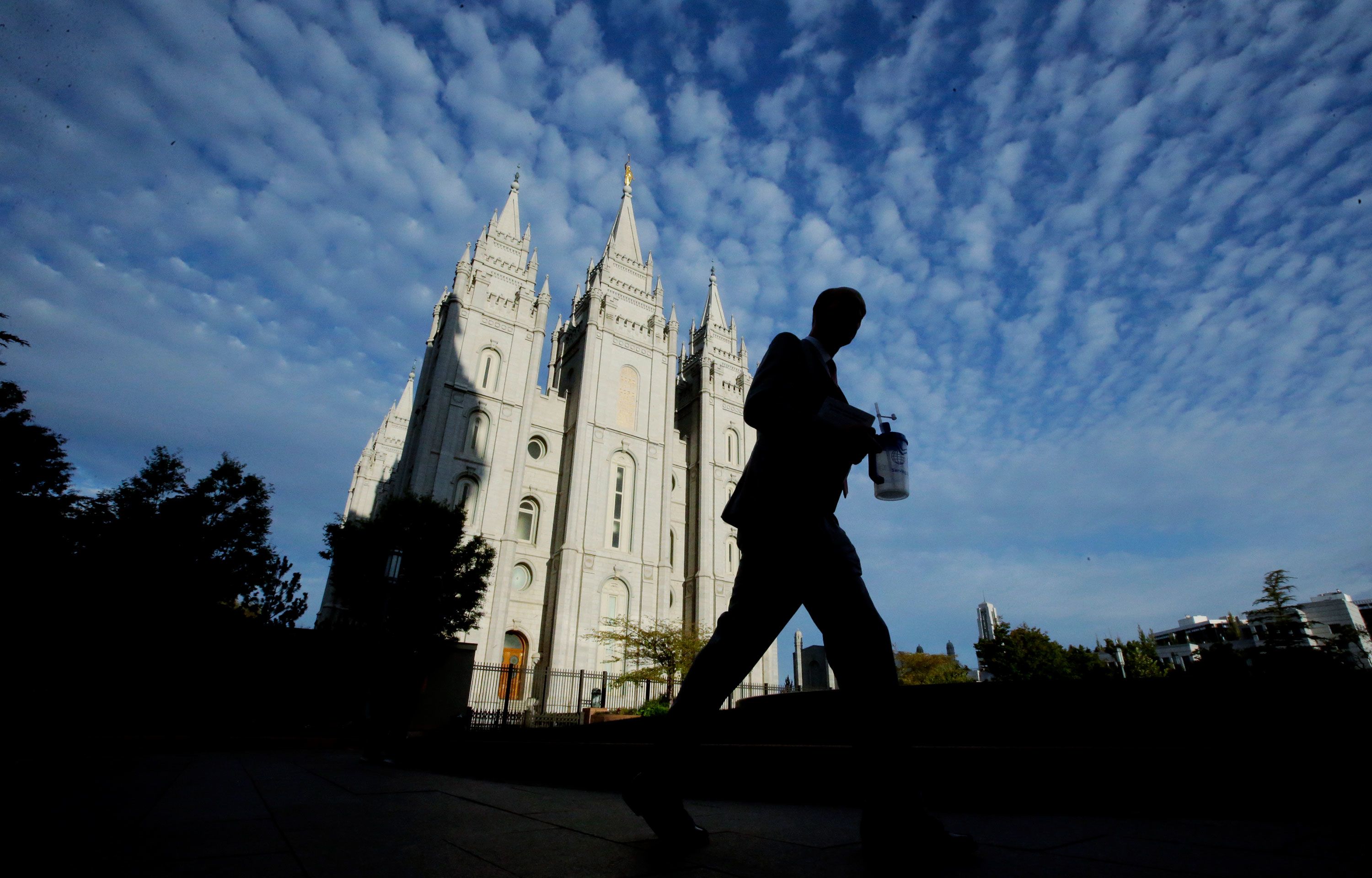The Church of Jesus Christ of Latter-Day Saints (often referred to simply as the Mormon Church) has a rich tradition of race relations. This is particularly applicable to Blacks within Mormonism. This article will present an in-depth look at the way Black people were historically treated within the Mormon Church. We will also discuss the policy limitations that were imposed, as well as the Church’s gradual shift away from the past practices and beliefs.
Blacks in Mormonism: A Historical Overview
From 1852 until 1978 from 1852 to 1978, the Mormon Church imposed a policy which prohibited blacks from Mormonism to be ordained priests. This was a result of the religious and racial beliefs that were prevalent at the time. Blacks were not allowed to be a part of certain rituals or perform certain duties in the Church. This led to discrimination in the Mormon community. It is crucial to realize that this discriminatory act was not solely ascribed to Mormonism. In fact, it was a reflection of racial prejudices that were prevalent in American culture during that period.

Mormon Black People and the 1978 Revelation
In 1978, Spencer W. Kimball was blessed with what Mormons consider to be an enlightenment from God concerning the exclusion of blacks from the priesthood. This revelation was regarded as a pivotal event that lifted the ban that had been in place for more than one century. The Church of Jesus Christ of Latter-Day Saints has declared that Black individuals could now hold the priesthood and fully participate in all aspects of the Church.
The Church’s current position rejects racist notions, striving for peace and welcoming all persons regardless of race or background, to believe in the Gospel of Jesus Christ. The current doctrine affirms that everyone is equal and emphasizes God’s acceptance of all people regardless of gender, race, social status, or other aspects. For more information, click Mormons and Black People
Joseph Smith’s Fair Treatment of Black Individuals
Joseph Smith, founder of the Mormon Church despite the racial discrimination of his day, showed a fair and tolerant treatment towards Black people. Joseph Smith is known to have appointed Blacks to the priesthood in his lifetime. Smith’s views on equality and inclusion within the Church were evident in this procedure. However, the subsequent leaders implemented policies restricting Black individuals from the priesthood, reflecting the changing society’s attitudes towards race in the latter half of the 19th century.
Racism in the United States The Call to Action
In the present in the present, the Church of Jesus Christ of Latter-Day Saints has taken substantial actions to combat the negative effects of racism, and to strive for unity among its members. The Church has issued statements that have renounced old racial convictions. They stress that racism of any kind is against the doctrines and doctrines that the Church has enunciated.
The Church is actively promoting tolerance, love and respect among its diverse members, affirming their value and worth. It is a priority to teach members on the importance of acceptance, diversity, and the abolition of prejudiced beliefs.
Also, you can read our conclusion.
Understanding the past of Blacks and the Church of Jesus Christ of Latter-Day Saints changes in the issue of race is necessary in promoting equality and encouraging unity. This painful policy, which limited Blacks in their ordination into the priesthood for over 100 years, has been an important aspect of the Church’s history. The revelations made about the policy marked a pivotal moment in the Church’s commitment to equality and inclusion.
The current position of the Mormon Church rejects racism, affirms equality, and advocates for a sense of love and respect among all its members. The Church has actively moved forward in addressing its previous discrimination against race and making significant advancements. It strives to ensure that all members feel respected and valued within the Mormon community.